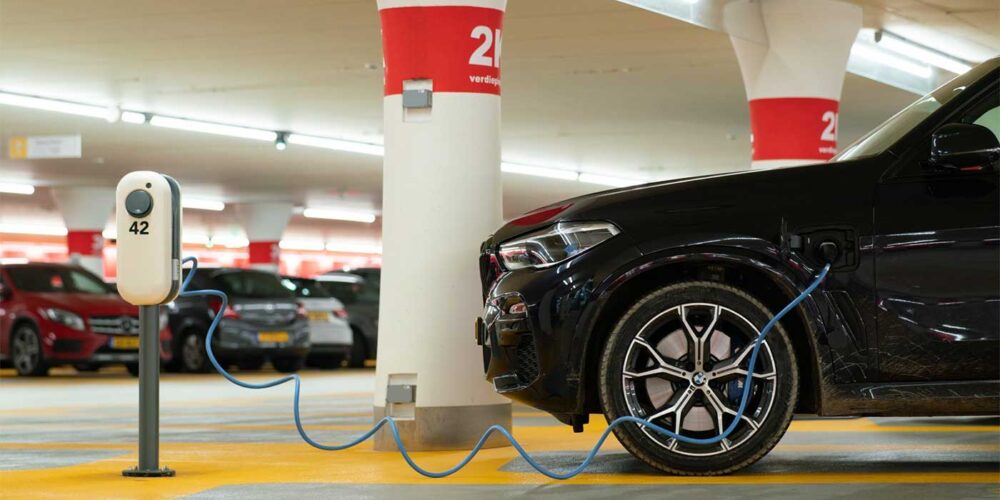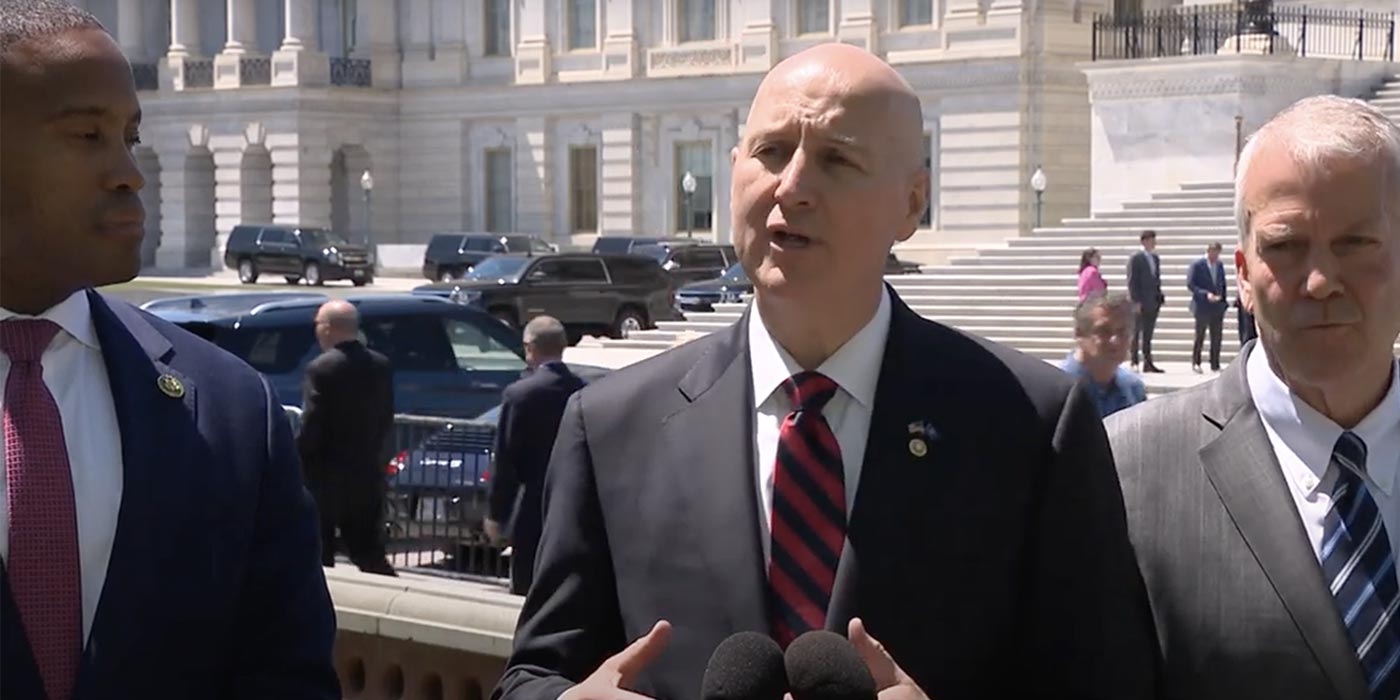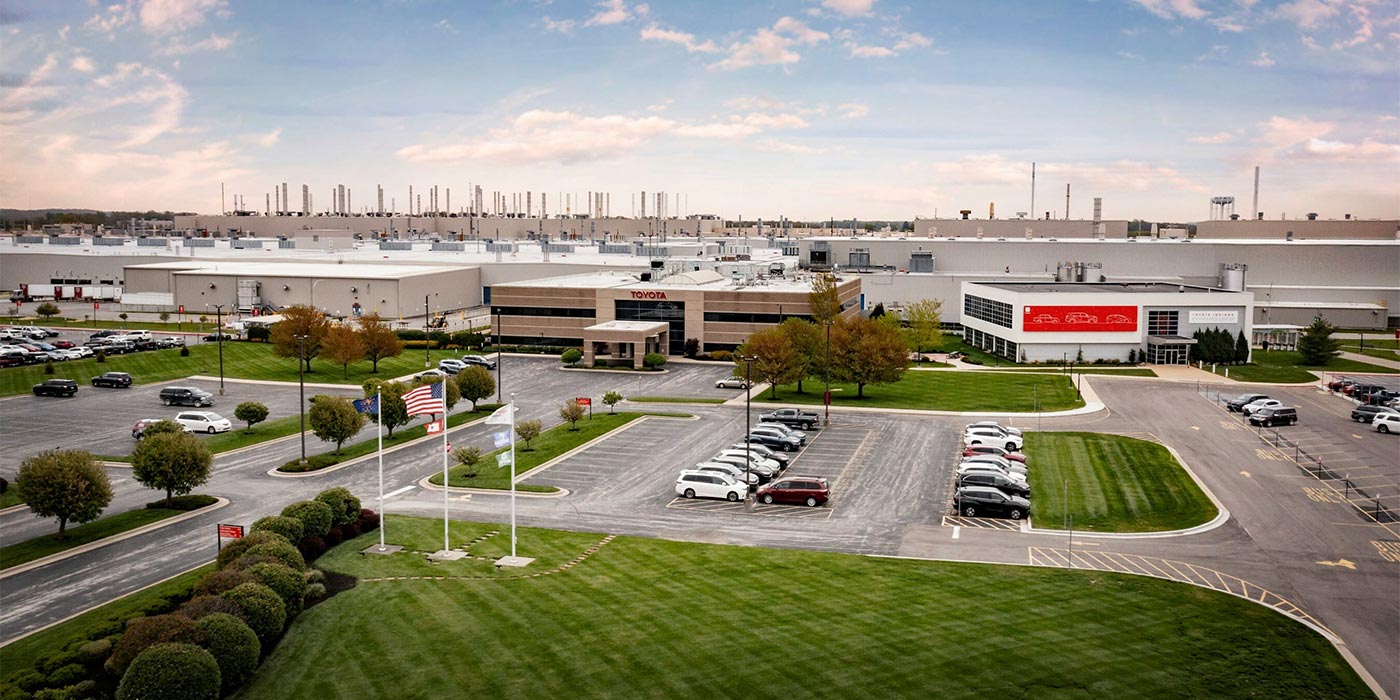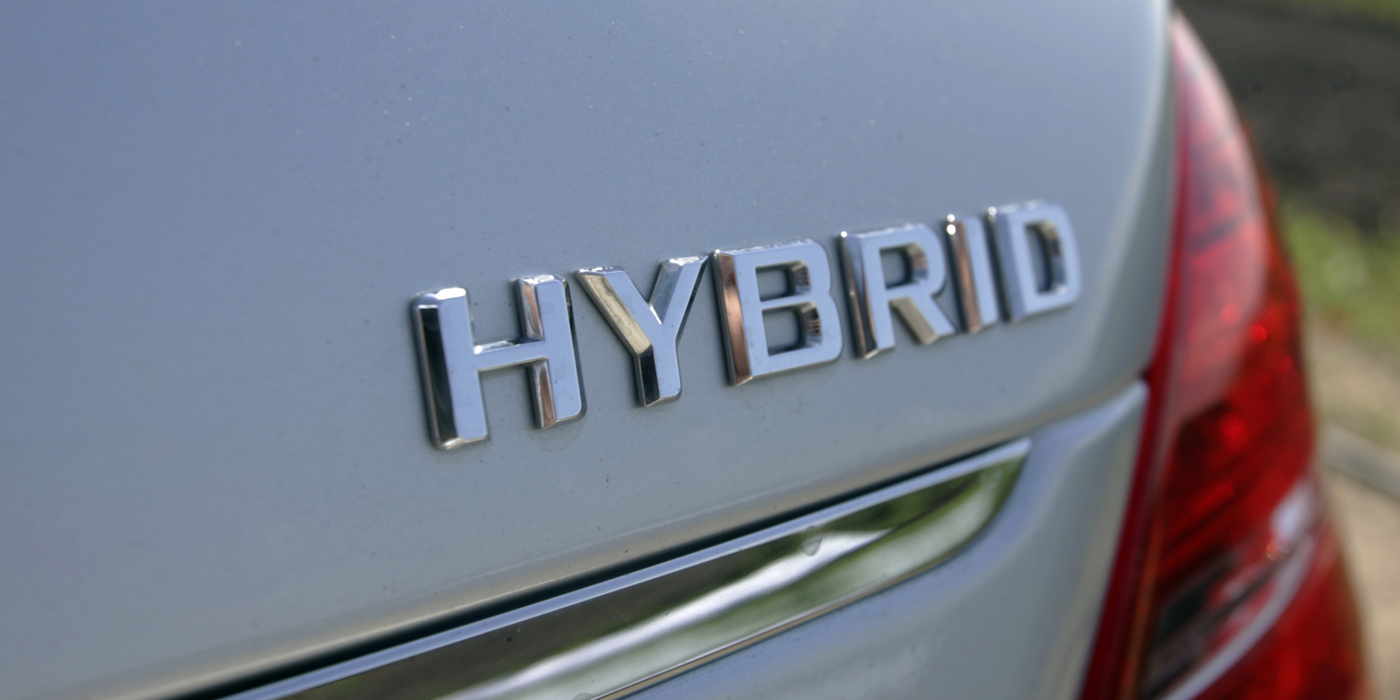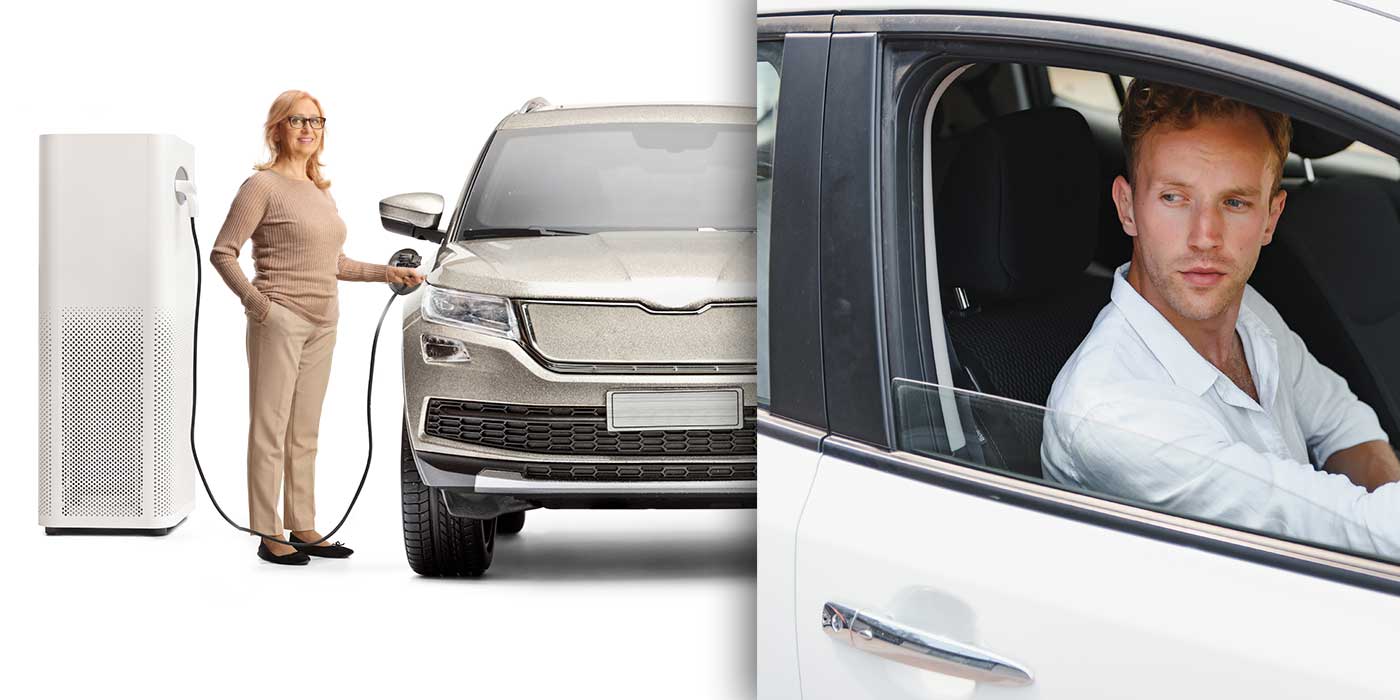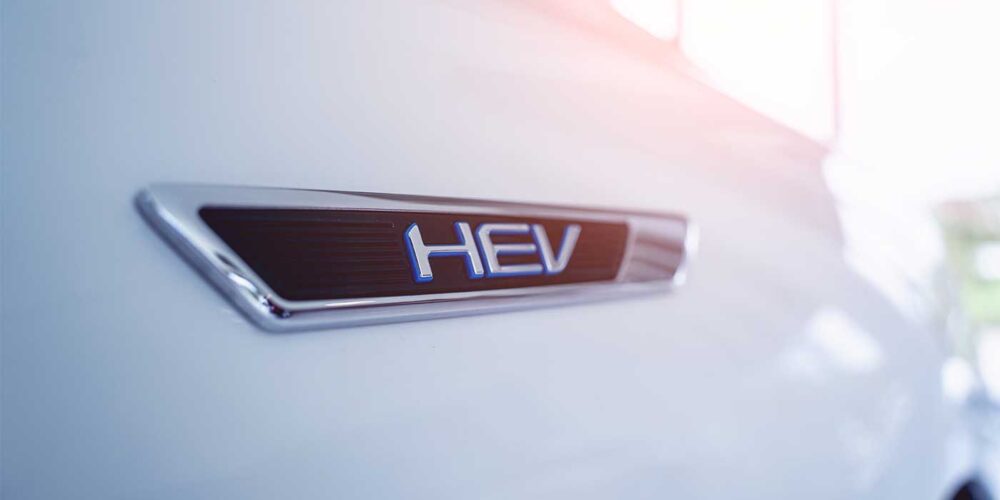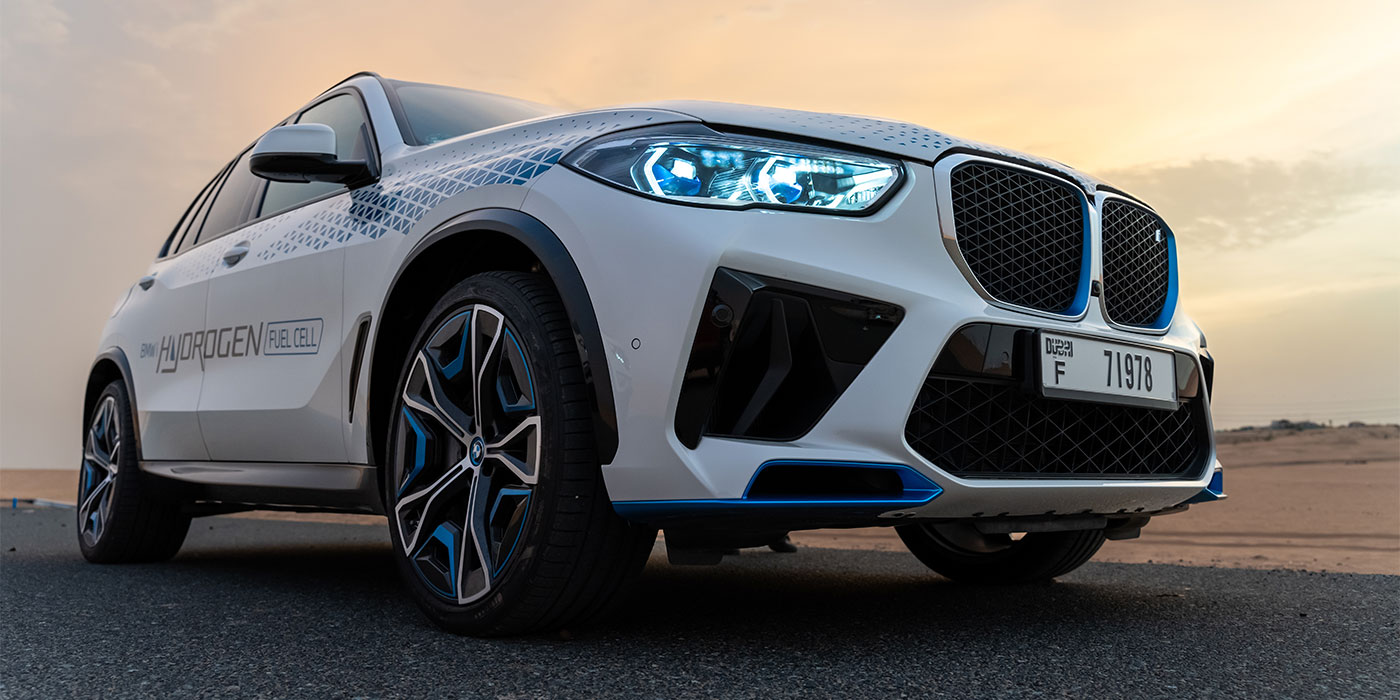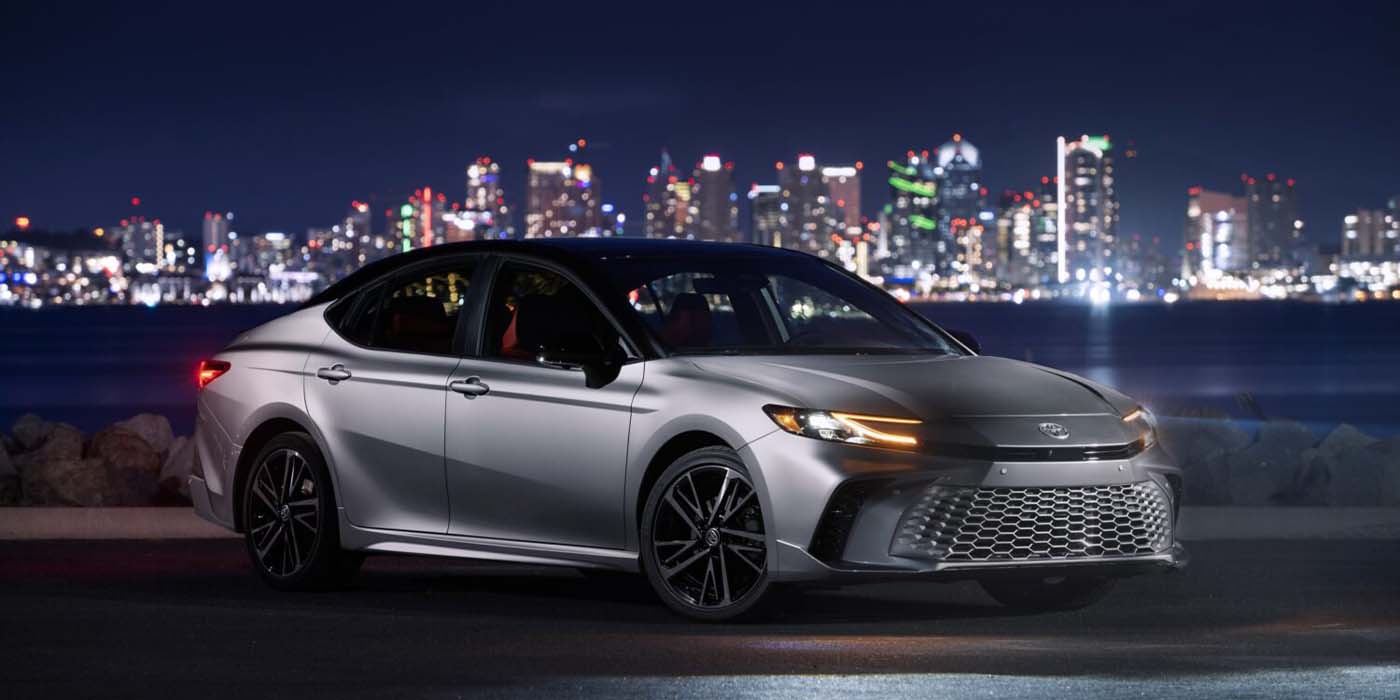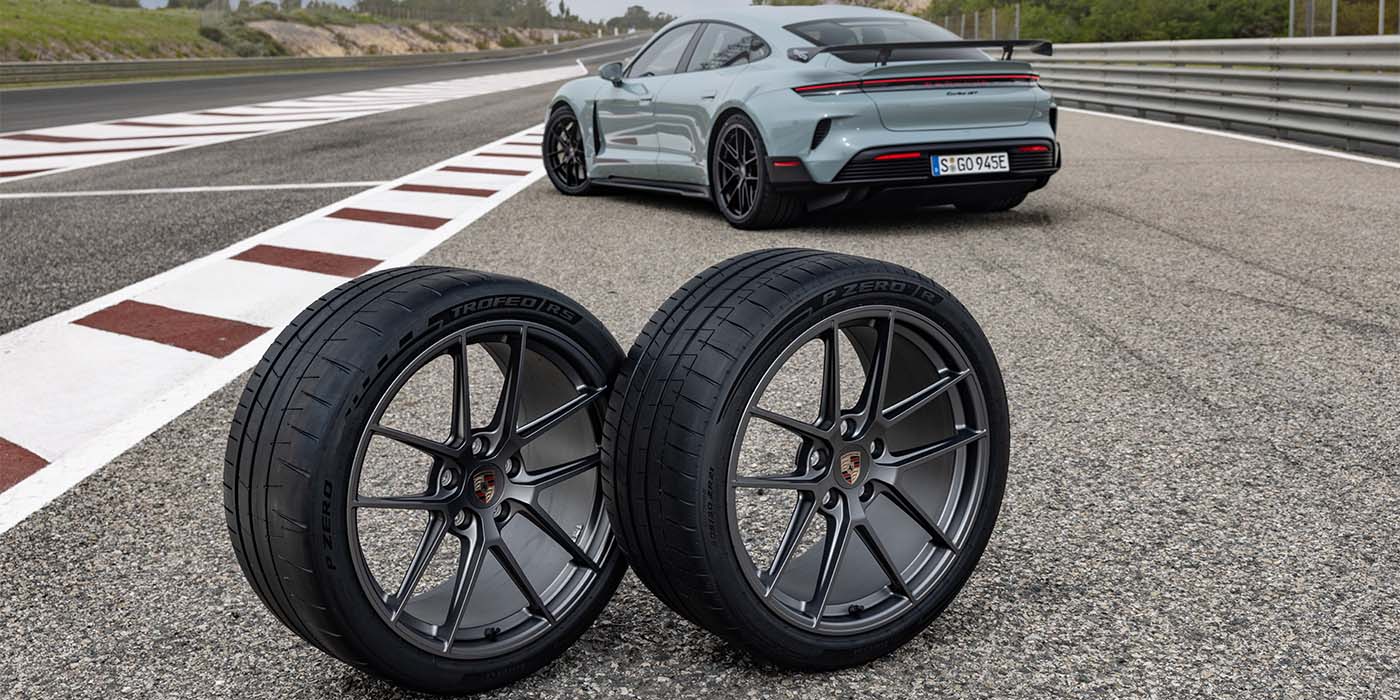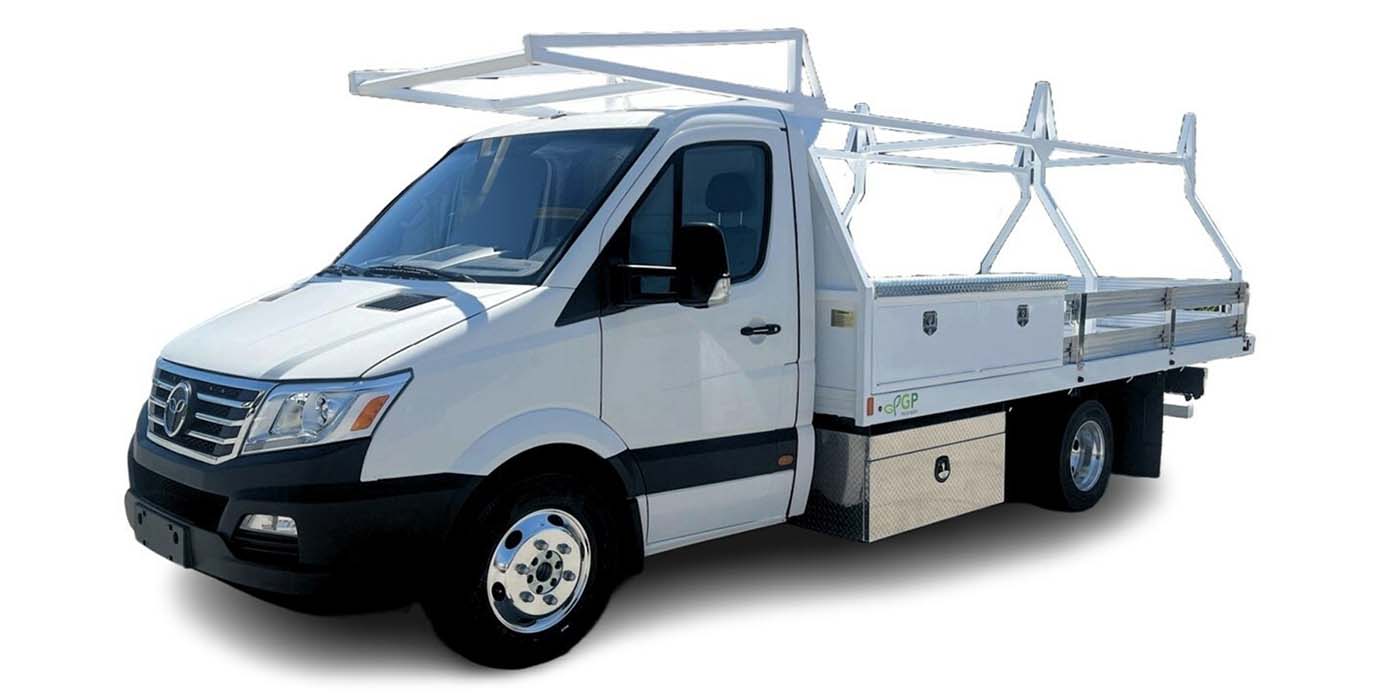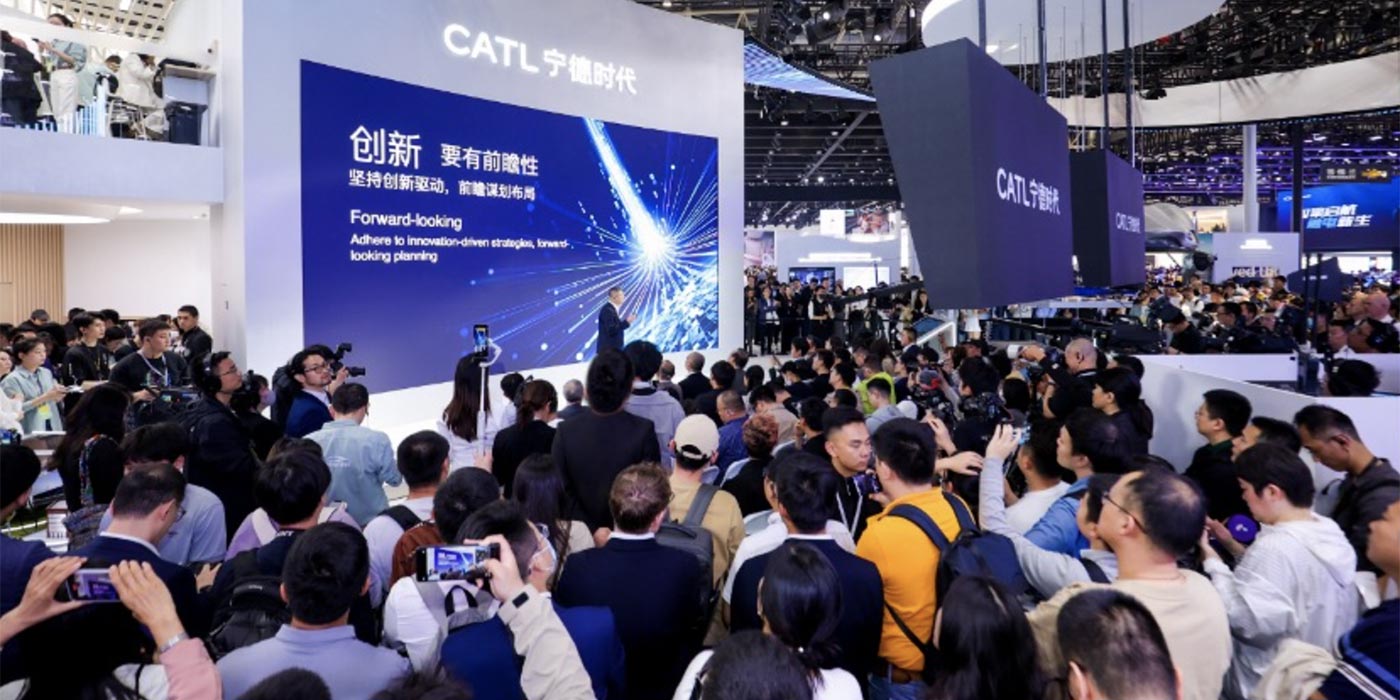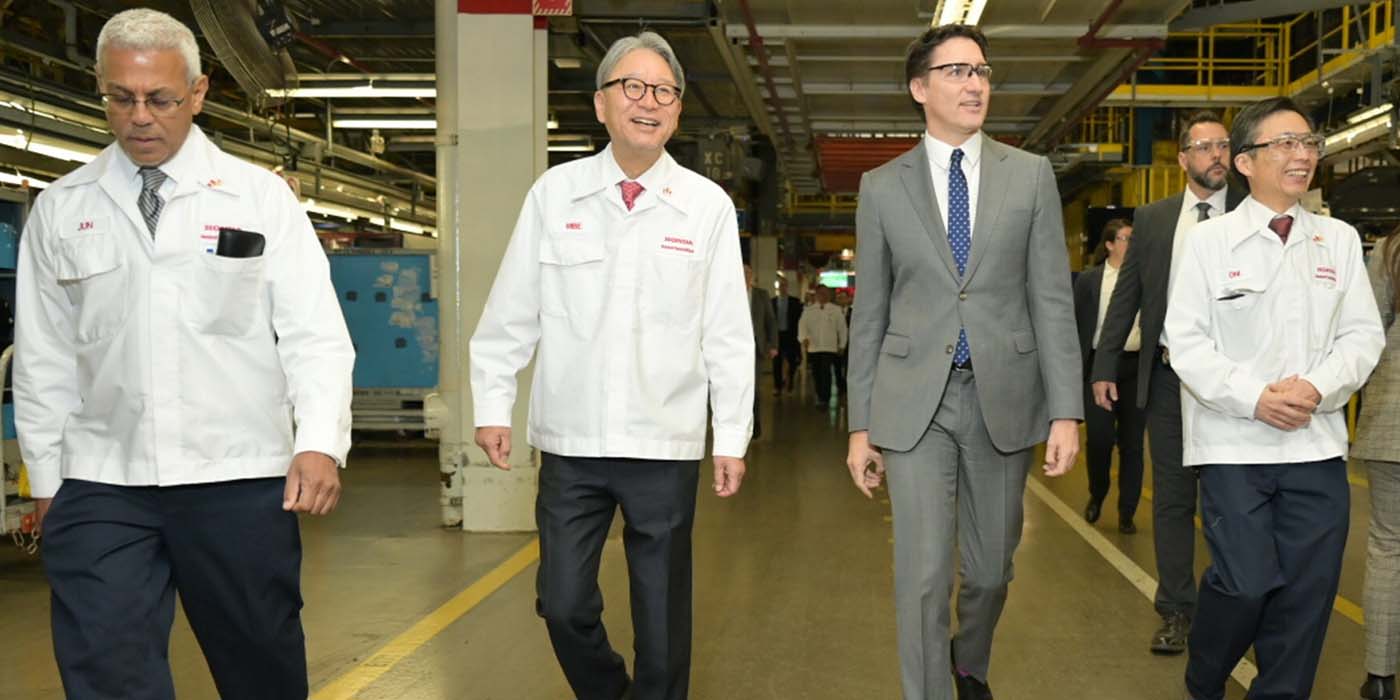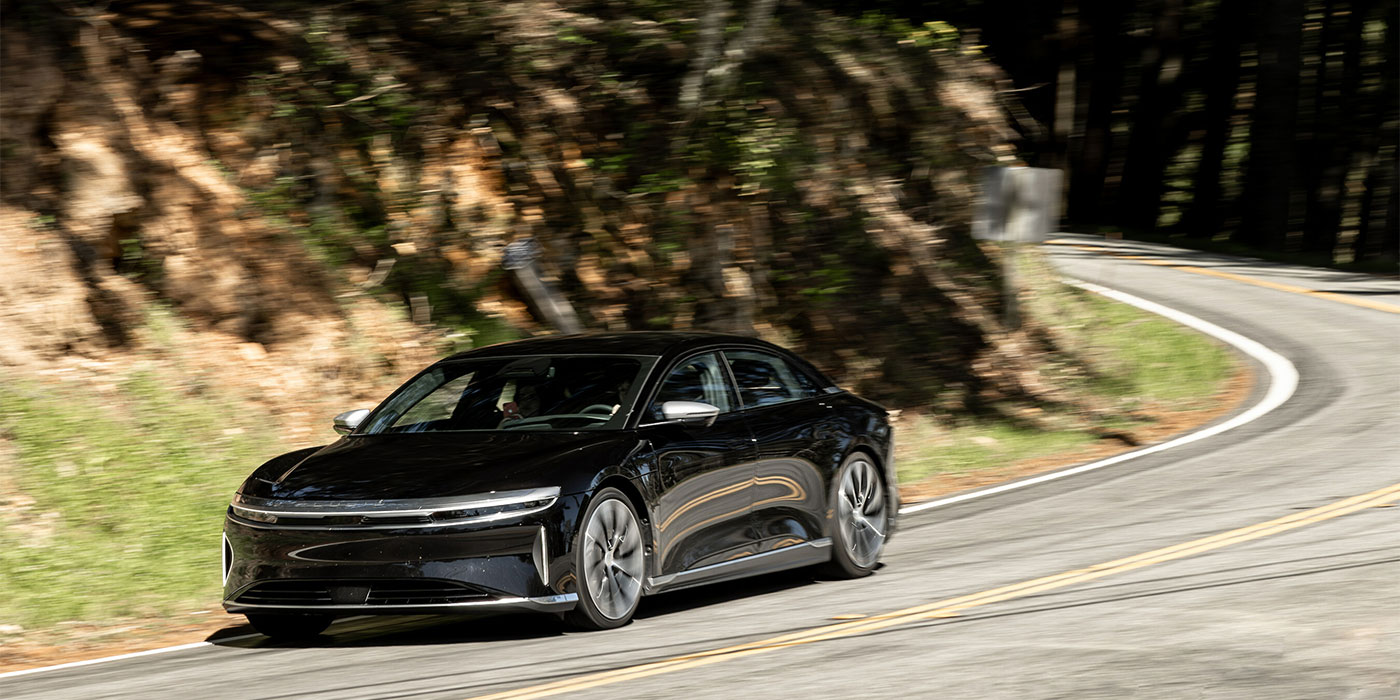As the nation works tirelessly to bring about a mass transition from traditional, combustion engine cars to electric vehicles (EVs), battery development is going to need to advance quite quickly to meet demand. As of now, the United States is far behind other countries in battery development.
One of the issues for the US when developing lithium-ion batteries is the difficulty in obtaining the necessary raw materials. This will be further hampered by recent US legislation that reduces or eliminates existing $7,500 tax rebates for buying EVs with materials from a “foreign entity of concern,” namely North Korea, China, Russia and Iran. Further, the tax rebate of $3,750 for EVs with a minimum of 60% parts from North America may not be enough to support the desired electrification with greater adoption of electric vehicles.
This issue has a far greater impact on the world than it does for just the US: slower battery output means fewer overall batteries, which means fewer EVs hitting the road, thus slowing the EV transition that is paramount to putting a major dent in ever-worsening climate change. It’s a major ripple effect and it all starts with lithium-ion batteries and access to the materials needed to make them.
If the US is going to stand against climate change, it’s going to need to change its approach to batteries. The nation must empower its best scientists to innovate on today’s standard lithium-ion battery to create something that works even better, with a material it has more abundant access.
That material is silicon
Right now, most lithium-ion batteries contain a graphite-based anode, a material that has reliably powered EVs for decades, but comes with a few key consumer concerns and hesitations for prospective customers considering making the switch to an EV:
- Current batteries cannot travel very far off a single charge;
- They take quite a long time to charge;
- More than 90% of the world’s supply of graphite comes from China (in terms of mining, extracting, and refining), creating a politically tenuous situation.
If the US is serious about ushering in an electric transition on a grand scale, it’s going to need to rectify these serious concerns from its hesitant public.
Thankfully, there is a solution: replacing graphite with silicon.
In recent years, silicon has been discovered to be an incredibly powerful material that can bring about batteries with much greater efficiency than their graphite-based counterparts. Silicon can usher in a new generation of high-efficiency batteries that allow them to perform to a greater potential. Gram for gram, silicon can “hold” up to 10 times the amount of lithium that graphite can. However, this is not as simple as replacing one material for another. Using silicon as an anode in a lithium-ion battery has its challenges.
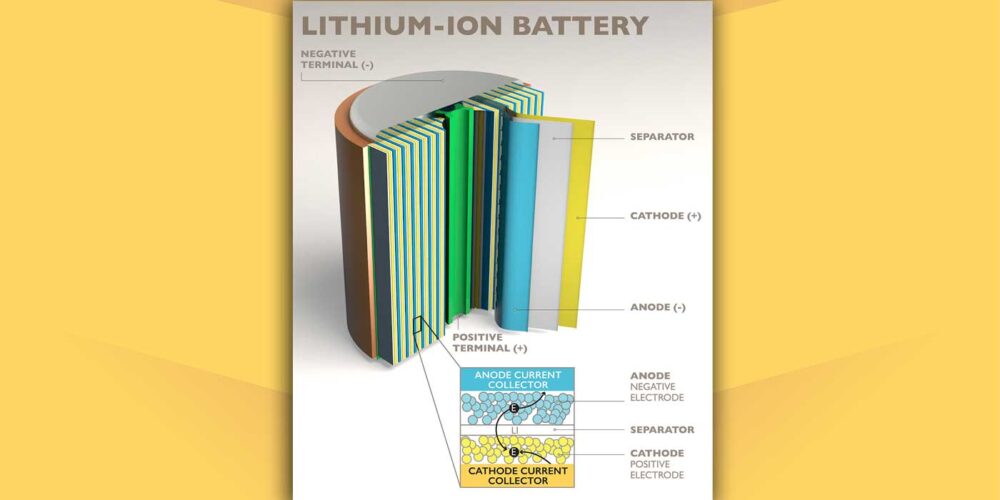
Silicon drawbacks and the nanoparticle solution
While silicon is a fantastic material to take us into the next generation of EV batteries, it comes with an unfortunate setback. Most manufacturers are able to integrate only about 5-10% of silicon into their anodes, due to a difficult combination of battery pulverization and the buildup of wasteful byproducts.
When a battery charges, it undergoes a constant cycle of expansion and contraction, and due to the brittle nature of the battery’s solid-electrolyte-interphase (SEI) layer that forms on top of the anode’s surface, it easily decays during the charging process and leaves behind wasteful byproducts. This decay causes more and more lithium to be consumed, shortening the cycle life of the battery.
Silicon nanoparticles can be achieved by either ball-milling mined silicon into smaller particles of nonuniform shapes and sizes or by undergoing a chemical process that creates or builds the desired anode product out of silicon nanoparticles with a more specific, tailor-made shape and design, optimized for battery performance. By incorporating the right chemistry into these tailor-made shapes, these anodes can be infused with much more silicon. With careful chemical modifications to this form of silicon, the amount added to anodes of lithium-ion batteries should be able to far surpass the 5-10% threshold previously holding the batteries back.
These may all sound like technical, science-heavy explanations for very specific battery problems but they have a real ability to impact consumer interest in EVs, and thus bolster the larger EV transition.
Lithium-ion batteries, equipped with silicon nanoparticle-based anodes, are capable of addressing each of the consumer’s key hesitations toward EV adoption. They empower the vehicle to travel much further off a single charge, they allow for much quicker battery charging times, and they live longer than the current industry standard, so everyday consumers won’t be hassled with expensive battery replacement fees every few years.
An electric future
Much of the world is trying to make the change to EVs seemingly overnight, after a century of reliance on traditional, combustion engine cars. That’s not an easy task; consumers typically aren’t quick to adopt a completely new product after reliably depending on another one for their entire lives.
If the US is serious about making this transition happen soon, it needs to consider how it can most effectively win over consumers who are hesitant about embracing an unfamiliar product. Thankfully, silicon-based battery anodes are capable of easing many of the most pressing consumer concerns when it comes to EV performance. It’s time for the nation to rally behind the material that will bring us into the future of EV batteries.
Michelle Tokarz is vice president of partnerships & innovation at The Coretec Group.

